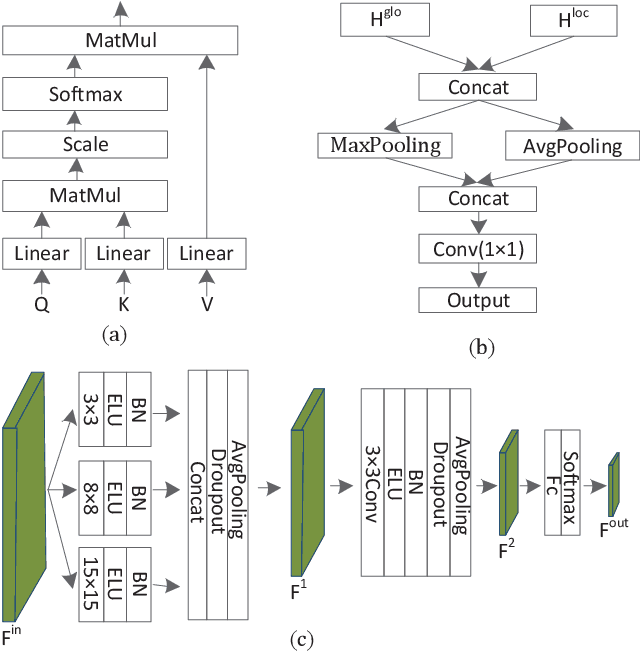Pei Liang
A Network Resource Allocation Recommendation Method with An Improved Similarity Measure
Jul 07, 2023Abstract:Recommender systems have been acknowledged as efficacious tools for managing information overload. Nevertheless, conventional algorithms adopted in such systems primarily emphasize precise recommendations and, consequently, overlook other vital aspects like the coverage, diversity, and novelty of items. This approach results in less exposure for long-tail items. In this paper, to personalize the recommendations and allocate recommendation resources more purposively, a method named PIM+RA is proposed. This method utilizes a bipartite network that incorporates self-connecting edges and weights. Furthermore, an improved Pearson correlation coefficient is employed for better redistribution. The evaluation of PIM+RA demonstrates a significant enhancement not only in accuracy but also in coverage, diversity, and novelty of the recommendation. It leads to a better balance in recommendation frequency by providing effective exposure to long-tail items, while allowing customized parameters to adjust the recommendation list bias.
An Olfactory EEG Signal Classification Network Based on Frequency Band Feature Extraction
Feb 05, 2022



Abstract:Classification of olfactory-induced electroencephalogram (EEG) signals has shown great potential in many fields. Since different frequency bands within the EEG signals contain different information, extracting specific frequency bands for classification performance is important. Moreover, due to the large inter-subject variability of the EEG signals, extracting frequency bands with subject-specific information rather than general information is crucial. Considering these, the focus of this letter is to classify the olfactory EEG signals by exploiting the spectral-domain information of specific frequency bands. In this letter, we present an olfactory EEG signal classification network based on frequency band feature extraction. A frequency band generator is first designed to extract frequency bands via the sliding window technique. Then, a frequency band attention mechanism is proposed to optimize frequency bands for a specific subject adaptively. Last, a convolutional neural network (CNN) is constructed to extract the spatio-spectral information and predict the EEG category. Comparison experiment results reveal that the proposed method outperforms a series of baseline methods in terms of both classification quality and inter-subject robustness. Ablation experiment results demonstrate the effectiveness of each component of the proposed method.
 Add to Chrome
Add to Chrome Add to Firefox
Add to Firefox Add to Edge
Add to Edge